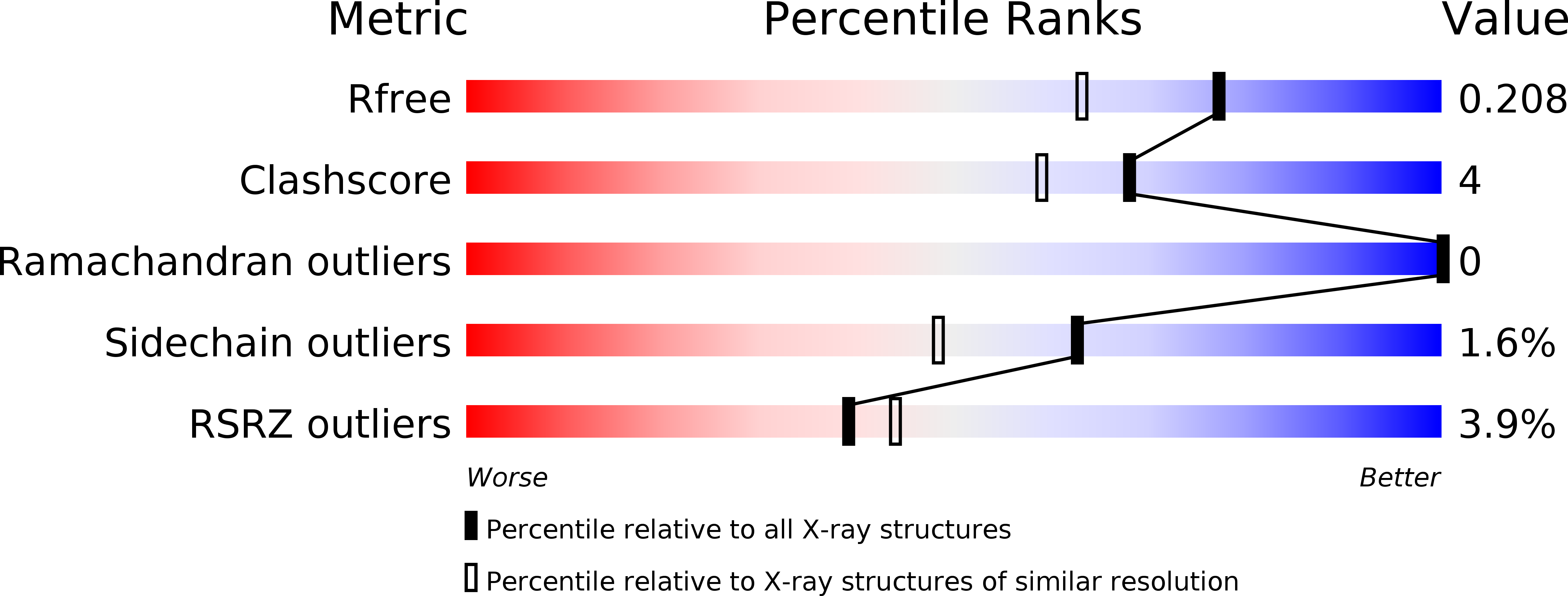
Deposition Date
2005-09-04
Release Date
2006-03-14
Last Version Date
2024-10-23
Entry Detail
Biological Source:
Source Organism:
Escherichia coli str. K12 substr. (Taxon ID: 316407)
Host Organism:
Method Details:
Experimental Method:
Resolution:
1.70 Å
R-Value Free:
0.20
R-Value Work:
0.18
R-Value Observed:
0.18
Space Group:
P 31 2 1


